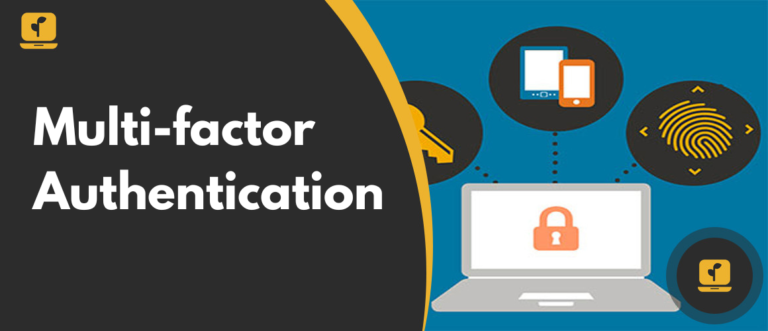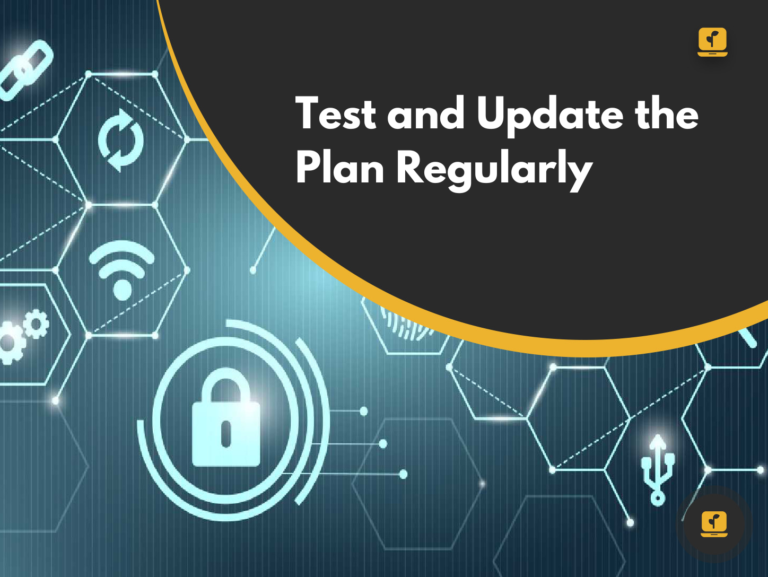As businesses continue to rely more heavily on digital technology, the risk of cybercrime becomes increasingly significant. Cybercrime can take many forms, from hacking and data theft to phishing scams and malware attacks. Businesses, regardless of size, are potential targets of cybercriminals. Therefore, it is essential to develop and implement robust cybersecurity strategies to protect company data and prevent potential losses.
Table of Contents
Understanding Cybercrime
Cybercrime refers to any illegal activity committed through the internet or any electronic device. Cybercriminals use various methods to access sensitive information, such as hacking into computer systems, installing malware or viruses, and phishing. The goal of cybercrime is often financial gain, but it can also include stealing sensitive information, such as trade secrets or personal data, for political or personal reasons.
Why Businesses Need Cybercrime Prevention Strategies
The impact of cybercrime on businesses can be severe. The loss of sensitive data, such as customer information, can damage a company’s reputation and lead to financial losses. In addition, the cost of remediation, including legal fees and regulatory fines, can be significant. Developing a robust cybersecurity strategy can help businesses protect themselves from the devastating effects of cybercrime.
Cybercrime Prevention Strategies for Businesses
Develop a Strong Cybersecurity Plan

To prevent cybercrime, businesses must develop a strong cybersecurity plan. The plan should include various measures to prevent unauthorized access to data and systems. The following are critical elements of a strong cybersecurity plan.a
Conduct Regular Risk Assessments

A risk assessment is an essential step in developing a cybersecurity plan. It helps businesses identify potential vulnerabilities in their systems and prioritize them according to the level of risk. This information can then be used to develop strategies to mitigate those risks.
Multi-factor Authentication

Multi-factor authentication is an essential security measure that requires users to provide multiple forms of identification before accessing a system or network. This can include something the user knows, such as a password, and something they have, such as a token or a fingerprint. Multi-factor authentication can prevent unauthorized access to systems and networks.
Keep Software and Systems Up-to-Date
Hackers often exploit vulnerabilities in software and systems to gain access to networks and systems. Keeping software and systems up-to-date with the latest security patches can prevent cybercriminals from exploiting these vulnerabilities.
Implement Encryption
Encryption is a process that converts data into a code to prevent unauthorized access. Implementing encryption can help businesses protect sensitive data, such as customer information, from cybercriminals.
Use Strong Passwords

Using strong passwords can prevent cybercriminals from gaining access to systems and networks. Strong passwords should be long, unique, and include a combination of letters, numbers, and symbols.
Establish Employee Guidelines for Cybersecurity
Employees can be a significant vulnerability in a company’s cybersecurity. Establishing clear guidelines for employee behavior can help prevent accidental or intentional security breaches. Guidelines should include rules for using company devices, accessing networks, and handling sensitive information.
Train Employees Regularly

Regular employee training is essential to maintain a company’s cybersecurity posture. Training should cover topics such as password management, recognizing phishing scams, and handling sensitive information.
Monitor Network Activity

Monitoring network activity can help detect suspicious activity and prevent cybercrime. Network monitoring tools can detect anomalies in network traffic and alert security teams to potential threats.
Invest in Cybersecurity Tools
Investing in cybersecurity tools can provide additional layers of protection for businesses. The following are critical cybersecurity tools that businesses should consider.
Firewall and Antivirus Software

Firewalls and antivirus software can prevent unauthorized access to systems and networks and protect against malware and viruses.
Intrusion Detection and Prevention Systems
Intrusion detection and prevention systems monitor network traffic for suspicious activity and can block unauthorized access attempts.
Security Information and Event Management (SIEM)

SIEM solutions aggregate security data from multiple sources and provide a centralized platform for monitoring and analysis.
Data Loss Prevention (DLP)
DLP solutions help prevent data loss by monitoring data flows and preventing unauthorized access or transmission of sensitive information.
Cloud Security Solutions

Cloud security solutions provide additional security measures for cloud-based applications and data.
Establish a Cybersecurity Incident Response Plan
Despite the best preventative measures, cyberattacks can still occur. Establishing a cybersecurity incident response plan can help businesses quickly respond to and mitigate the impact of an attack. The following are critical elements of an incident response plan.
Define an Incident Response Team
The incident response team should include individuals from various departments, such as IT, legal, and public relations. Each team member should have a clearly defined role and responsibilities.
Create a Plan of Action

The incident response plan should include a step-by-step guide for responding to a cyberattack. The plan should outline how to isolate affected systems, notify affected parties, and restore systems and data.
Test and Update the Plan Regularly

The incident response plan should be tested regularly to ensure that it is effective and up-to-date. Updates should be made as needed based on changes in the threat landscape or changes in the business’s systems and infrastructure.
Regularly Backup Data

Regular data backups can help prevent data loss in the event of a cyberattack. Businesses should establish a regular backup schedule and store backups offsite to prevent them from being affected by a cyberattack.
Conclusion
Cybercrime is a significant threat to businesses of all sizes. Developing a robust cybersecurity plan, investing in cybersecurity tools, establishing an incident response plan, and regularly backing up data are critical elements of a comprehensive cybersecurity strategy. By taking proactive measures to prevent cybercrime, businesses can protect their data, reputation, and financial stability.








